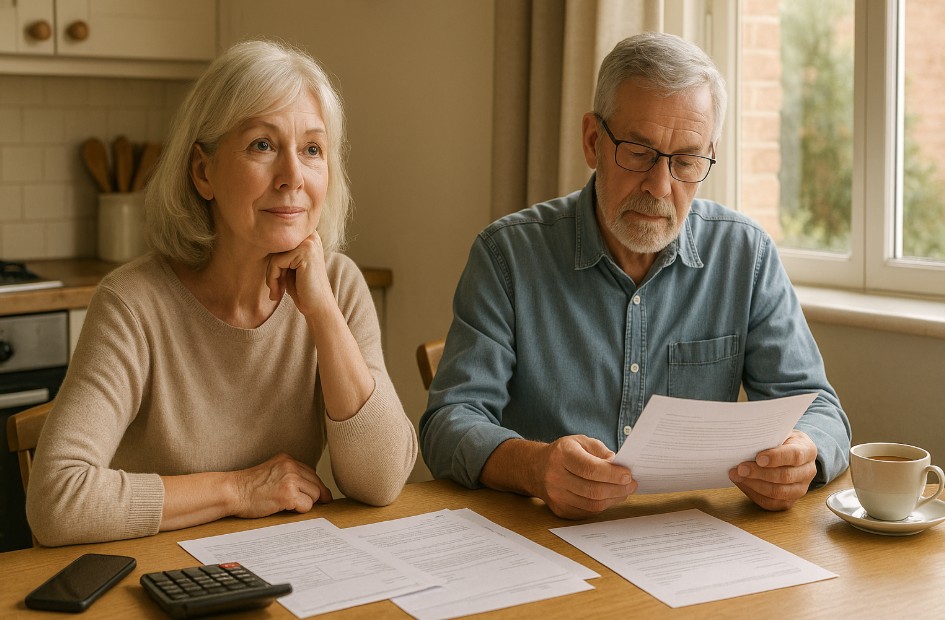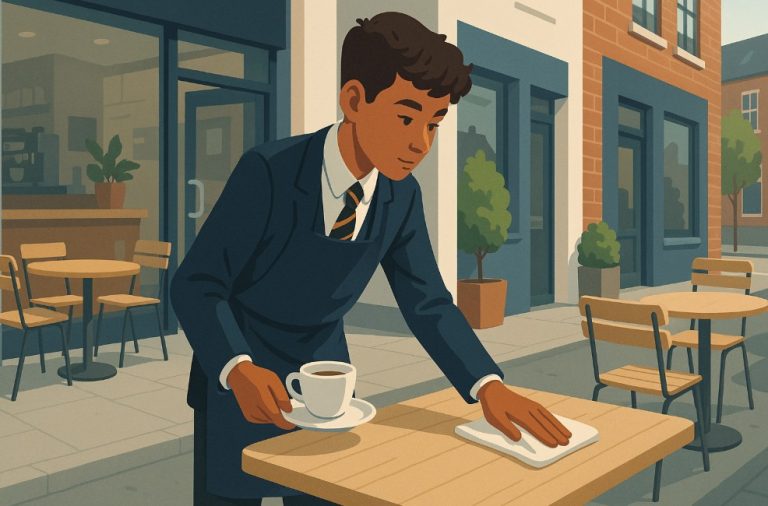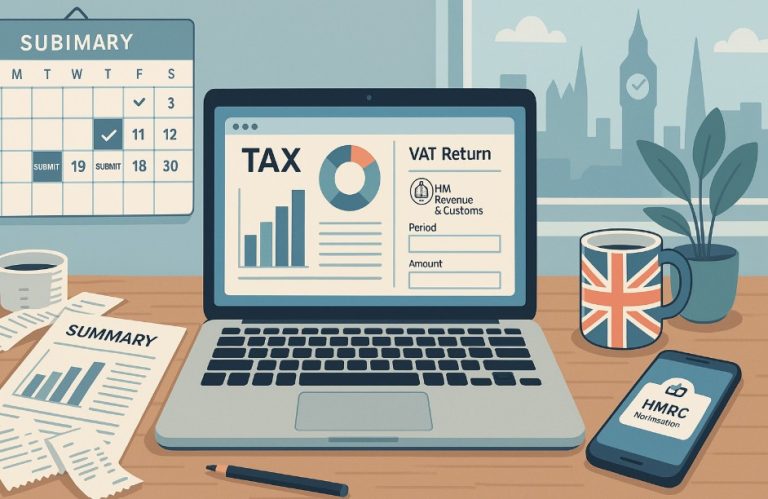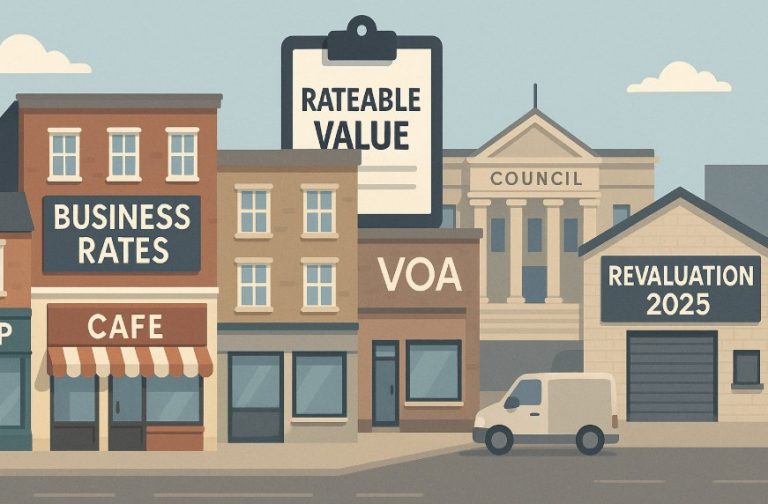DWP State Pension Changes Next Year: What to Expect and Who’s Owed Thousands?
Could you or someone you know be owed over £8,000 in backdated state pension payments? For thousands of older people in the UK, particularly women in their 60s and 70s, that may well be the case.
As the Department for Work and Pensions (DWP) prepares to roll out significant changes to the state pension system in 2025, it is also correcting historic errors that led to widespread underpayments.
These developments come alongside efforts to raise awareness of Pension Credit, a means-tested benefit that remains unclaimed by hundreds of thousands of eligible pensioners. With both future reforms and past mistakes under review, understanding the scope and scale of these changes is crucial for all older citizens in the UK.
Why Is the DWP Making State Pension Changes in 2025?

The government’s state pension system is under mounting pressure. Rising life expectancy, combined with ongoing economic strain and the increasing cost of public welfare, has forced policymakers to make significant changes. In 2025, these adjustments include not only policy reforms but also a major clean-up of past errors.
The main objectives are:
- Ensuring the sustainability of the state pension for future generations.
- Rectifying underpayments caused by missing historical National Insurance credits.
- Encouraging greater take-up of available financial support, particularly among lower-income pensioners.
The DWP, working jointly with HM Revenue and Customs (HMRC), has committed to identifying affected individuals and issuing repayments where necessary. The urgency of these actions is matched by a need for clarity among the public.
What Are the State Pension Errors Linked to Home Responsibilities Protection?
One of the most critical revelations in recent years is the discovery of state pension underpayments linked to Home Responsibilities Protection (HRP).
This scheme, which ran from 1978 to 2010, was designed to help people, primarily women, who took time out of paid employment to care for children or disabled relatives, by protecting their entitlement to the state pension.
The issue arose because HRP credits were not correctly recorded on some individuals’ National Insurance records.
In many cases, claimants received less than they were entitled to, or nothing at all. These errors have only recently come to light, and the scale is significant.DWP £450 Cost of Living Payment: Who Qualifies and When Is It Coming?
As of March 2025, the DWP and HMRC have identified 12,379 underpayments, totalling £104 million, with an average back payment of £8,377 per person.
Who Could Be Owed State Pension Back Payments of Up to £8,377?

The correction programme primarily affects women born in the 1950s and 1960s who:
- Claimed Child Benefit during the 1980s or 1990s.
- Were not listed as the primary recipient for Child Benefit, even though they were the primary caregiver.
- Spent long periods out of the workforce caring for children or relatives without this being reflected in their NI contributions.
HMRC began sending out letters in 2023 to notify potentially affected individuals. To date, more than 370,000 letters have been dispatched. Some recipients may have already passed away, but in such cases, their next of kin can claim any unpaid entitlements on their behalf.
The correction process, known as the Legal Entitlements and Administrative Practices (LEAP) exercise, is ongoing, with efforts underway to complete all payments and corrections by the end of 2025.
What Is Home Responsibilities Protection and Who Was Affected?
HRP was introduced to safeguard the state pension rights of individuals with caregiving responsibilities. It reduced the number of qualifying NI years needed for a full state pension.
Key eligibility criteria included:
- Receiving Child Benefit in your name for a child under 16.
- Providing full-time care for someone receiving a qualifying disability benefit.
- Being a foster carer or a kinship carer (particularly in Scotland) between 2003 and 2010.
However, issues arose particularly in cases where:
- Women were not the registered Child Benefit claimant (even if they were the main carer).
- Records were incomplete due to the lack of a National Insurance number on the claim prior to May 2000.
- Carers were unaware they needed to apply for HRP.
After April 2010, HRP was replaced by automatic National Insurance credits, but this did not correct errors made in the preceding decades.
How Can You Check If You’re Affected by the HRP Underpayment?
The DWP has developed an online tool on the GOV.UK website that enables people to check their National Insurance record and identify whether they might have been affected by the missing HRP credits.
The process involves:
- Reviewing NI records for gaps between 1978 and 2010.
- Using the HRP eligibility checker to assess whether you were entitled to protection during those years.
- Applying online or by phone if eligibility is confirmed.
It’s important to note that not all underpayments will result in back pay. Some individuals may have already qualified through other means or may not meet the criteria even if their records show gaps.
What Is Pension Credit and Could You Be Missing Out on £4,300 Annually?
Pension Credit is a means-tested benefit provided by the DWP that supplements the income of low-income pensioners.
While nearly 1.4 million people currently receive it, estimates suggest that over 760,000 eligible pensioners do not claim itoften due to a lack of awareness or misconceptions about eligibility.
The average award is around £4,300 per year, and qualifying for even a small amount can unlock additional financial support.
The government is continuing its national awareness campaign in 2025 to encourage greater uptake.
What Are the 2025 Eligibility Rules for Pension Credit?
Eligibility depends on your income and savings, as well as whether you live alone or with a partner.
| Category | Minimum Income Threshold (2025) |
| Single pensioner | £227.10 per week |
| Couple (combined income) | £346.60 per week |
You may still qualify even if your income is slightly higher, especially if you have a disability, are a carer, or have high housing costs.
Importantly, savings under £10,000 do not impact eligibility. For savings above that threshold, every £500 is treated as £1 of weekly income.
How Do You Claim Pension Credit and Maximise Other Benefits?

To claim Pension Credit, you’ll need:
- Your National Insurance number
- Details of your income, savings, and investments
- Bank account details for payments
Applications can be made:
- Online via GOV.UK
- By calling the Pension Credit helpline: 0800 99 1234
If eligible, Pension Credit can open the door to further support including:
- Housing Benefit
- Council Tax Reduction
- Free TV licence for over 75s
- Winter Fuel Payment
- Help with NHS costs and heating bills
Claims can be backdated by up to three months, which means applying sooner can result in a more significant first payment.
What State Pension Changes Are Still Ahead in 2025?
In addition to correcting past underpayments and promoting Pension Credit, the government is proceeding with broader reforms aimed at sustainability and clarity in the pension system.
| Area of Change | Details |
| State Pension Age | Rising gradually to 67 by 2028 |
| HRP Correction Programme | Full review and payments by end of 2025 |
| NI Contributions Tracking | New digital tools for forecasting |
| Triple Lock Review | Policy under review amid rising costs |
| Pension Credit Awareness | National outreach to increase claims |
The government also continues to explore the feasibility of making state pension payments exempt from income tax, a proposal currently being debated by MPs.
Conclusion: How to Secure Your Pension Rights and Avoid Losing Out
The DWP’s state pension corrections and upcoming reforms serve as a reminder of the complexity and importance of understanding your entitlements.
For many, these changes will offer long-overdue financial justice; for others, they represent an opportunity to plan better for the future.
Whether you’re approaching state pension age or supporting someone who is, take the time to:
- Review your National Insurance record
- Check for eligibility for HRP correction
- Apply for Pension Credit if income is low
- Stay informed on 2025 pension policy changes
Acting now could mean the difference between missing out and receiving thousands in financial support.
ALSO READ: DWP £450 Cost of Living Payment: Who Qualifies and When Is It Coming?
Frequently Asked Questions
What is HRP and why does it matter now?
HRP (Home Responsibilities Protection) was used from 1978–2010 to help parents and carers protect their state pension. Missing HRP records led to underpayments, and DWP is now correcting these.
How much could I be owed due to HRP errors?
The average underpayment identified so far is £8,377, with total repayments across the UK surpassing £100 million.
How do I check for HRP-related underpayments?
Visit the GOV.UK website, check your National Insurance history, and use the HRP self-identification tool to see if you were affected.
What is the deadline to claim a correction?
The DWP aims to issue all payments and correct all records by the end of 2025, but individuals are encouraged to check as soon as possible.
Who qualifies for Pension Credit?
You may qualify if your weekly income is below £227.10 (single) or £346.60 (couple). Savings under £10,000 do not impact eligibility.
Can I still claim Pension Credit if I own my home?
Yes. Home ownership does not disqualify you from claiming Pension Credit.
Where can I get help applying?
Support is available from Age UK, Citizens Advice, Independent Age, and the Pension Credit helpline (0800 99 1234).







